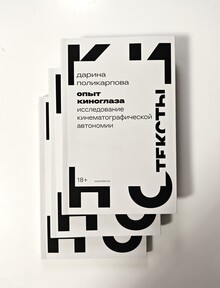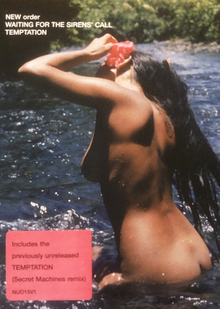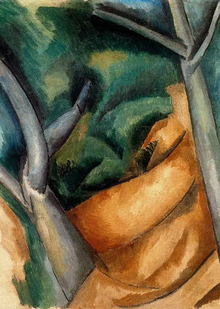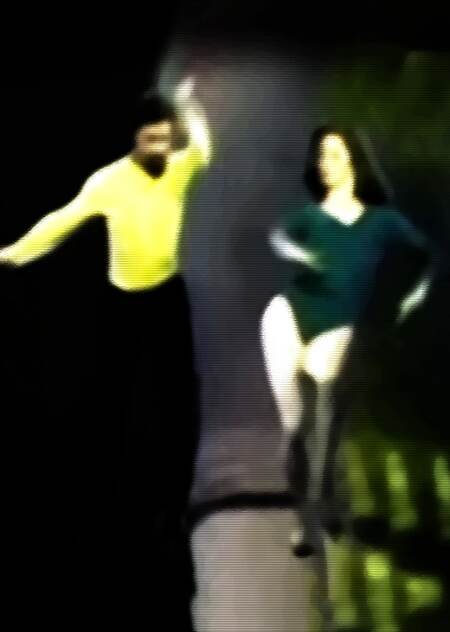
Podcast on the modern visual culture «Polyekran»
In February 2021, a podcast on the video art and modern visual culture «Polyekran» was released. The leading podcasta teachers are Alexander Pershev and Tatian Fadeev School of Design.
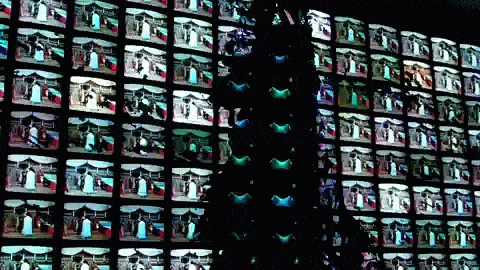
We’ve got June Pike and video thinking, Andy Warhol’s dream movies, Ai Weiway’s projects, Bill Viola’s video game, virtual reality comic book, GIF’s like a work of art. The leaders will talk about how the contents of the screen solve philosophical questions, reveal the problems of society and update our ideas about the poetry of the day.
This project is directly linked to the lecture courses that Alexandra and Tatiana conduct at the Design School. The history of the video art, photos, illustrations and comics, zeotics, and image theory are all reflected in this project. Thanks to the high quality of the material and the oral approach of the leading podcasts, Poliekran was awarded by the ICU of the ECU as one of the best scientific and popular publications in Russian.
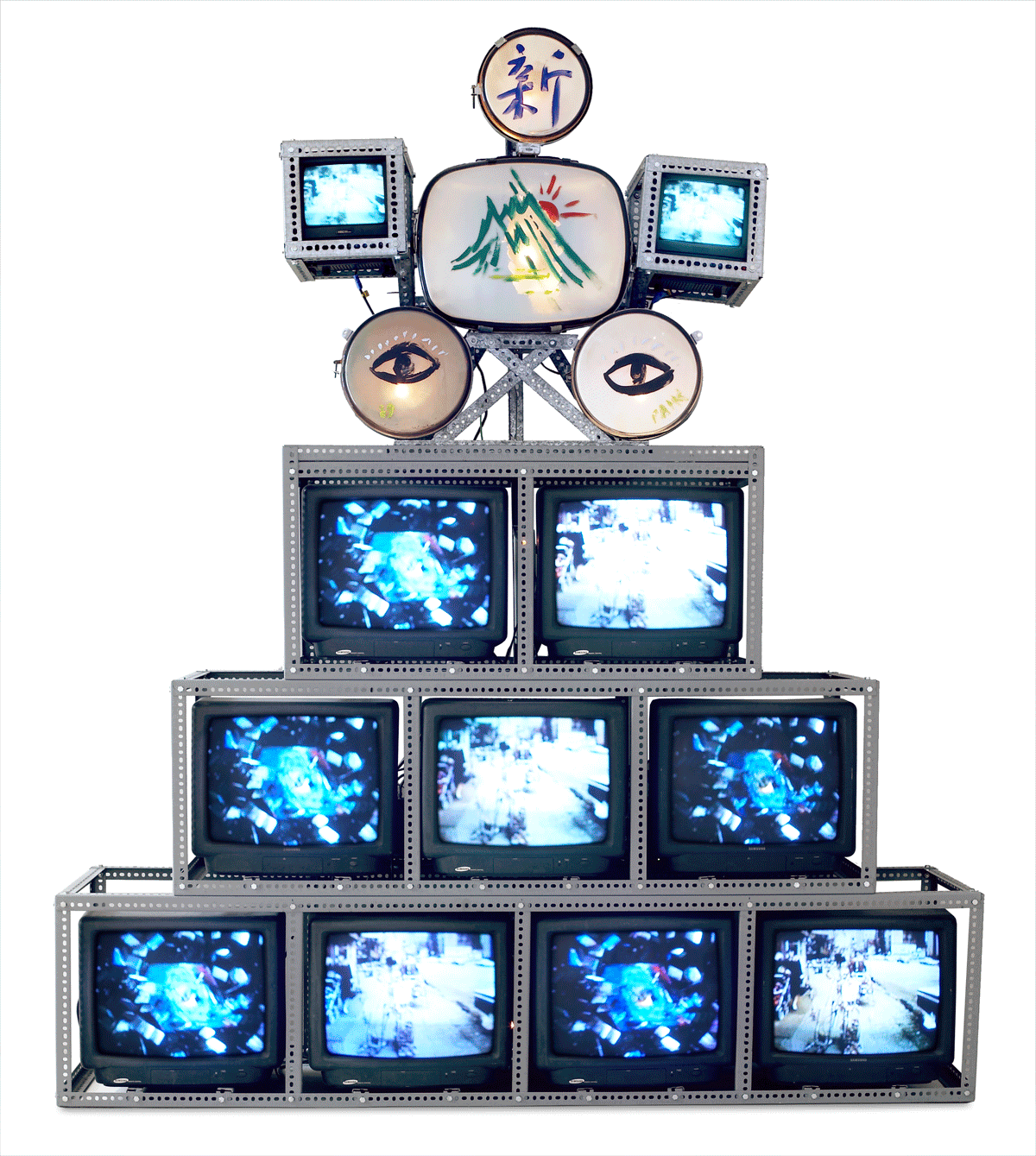
«Polyekran» is available on platforms Sound and Yandex. Music
During the podcast’s conversation, a video article will appear on our imaginary screens. It is the avant-garde practice of artists who combine the languages of film, television, painting and performance in order to explore the boundaries of modern media reality. In every series of podcasts, we bring to the stage one of the key video artists, and we talk about it, and we talk about the nature of the medium, the hidden springs of the art world, the aberrations of the language and the scars on the body of the society that opened up before the camera lens.
Nam June Paik
A piece of Pike’s Global Groove work
The first series of podcasts is dedicated to one of the most important artists in the history of the film, a hero whose name is called first when the video story begins, it is he who first took over the video camera and began a systematic reflection on what she is capable of: Nam June Pike. In this issue, we will talk about what was the art scene of the 1960s, about the neodadaism and music of John Cage, about the magnetic field, about the superpowers of television, and how a small video camera changed the course of art history.
Fiona Tan
Heroin of the second episode of our podcast: Fiona Tan. This artist integrates documentary film, archival research and art design into her work. Fiona Tan made a film for Dutch television about how she went looking for her roots in China, created the Venetian Biennale travel system for Marco Polo, and told the story of Nellie, the illegitimate daughter of Rembrandt in Jakarta. East-West relations, the search for national identity, the identification of hidden mechanisms operating in culture — these issues will be the focus of our attention today.
Chris Burden
A fragment of Burden’s video Throw the Night softly
In the third series of podcasts, we’re talking about the point where the video art and performance meet. Our hero will be Chris Burden, the artist who took the risk in his creative way. Crawl through the broken glass in the commercial block of the television channel, take hostage the leading television show about modern art, lie in the museum under the glass until one of the viewers intervenes — such desperate yet thinly calculated projects have made Burden one of the most famous and radical actors. This is an excellent opportunity for us to talk about the role of the video art directly and how screen art can cause pain to a living reaction from the viewer.
Yang Fudong
In series four, we’ll talk about a mysterious Chinese artist named Young Foodong. In its work, it connects the aesthetics of Film noir, the melancholyity of the New wave, the grace of traditional eastern painting. The Fudong Heroes are dreamy and despondent young intellectuals who are trying to find a point of support in a «lost» capitalist reality. They flank through the city streets, or pose in Prada’s commercial, as if you weren’t asking us where the simulation is ending, where you can find real reality.
Matthew Barney
A fragment of Barney’s River of Foundation video
The hero of the fifth series of podcasts is the gorgeous Matthew Barney. In his projects, he does not design much of the universe. Barney often refers to his work as sculptures in terms of their spatial significance, their specific existence here-and-now, just in front of the audience. And the video for him becomes a way to show how in these fantastic sets mysterious creatures play the myth of life, death, and rebirth created by the artist himself. And Barney’s myths are as big as Egyptian and Greek — blood and gall, gold and comedian mud, sex and ecstasy dance — all blend into his video symphony.
Bill Viola
A fragment of Viola Quintet of Astonished
The sixth series of podcasts is discovered by Bill Viola, an artist who makes it clear that even those who are far from modern art feel that the video art is art. Viola’s works reveal Buddhist ideas and Christian symbols, and the Renaissance images are close to the poetic visions of mystics. And in addition, Viola’s work is very beautiful. The same art that Kantu says he likes even without cause is his pure form.
Gary Hill
The seventh issue focuses on Gary Hill, a video artist who is constantly searching for new forms of visual language. Inspired by futurists and Russian witty poetry, Hill drowns in the element of sound speech and decaying images. In his video studios, it’s like the myth of a dying and resurgent deity is playing, and we’re thinking about the «horror of images.»
Ragnar Kjartsson
The viewer is inside the Kyarthasson Visitos installation.
In the eighth series of podcasts, Ragnar Kyartansson, an Icelandic artist who combines music and visual arts in his projects, is a real rock star of the video art. He plays a play in an empty theater, muses a 100-year-old mansion in the bathtub, meets children in the face of death with a sauce, and sings for eight hours in a row, «The Pechael will win happiness.» It’s also called one of the central shapes of metamodernism.
Eija-Liisa Ahtila
Type of Achtila Design Vertical
The ninth, final for the first season, is dedicated to the work of a Finnish artist named Aya-Lisa Achtila. In her elaborate filmworks, naturalistic scenes (like documentaries) are combined with mysterious, magical episodes. Ahtila explores conflicts, cognitive dissonances, and blind zones in the viewer’s perception. The contrasts easily come together in her work, thanks to the unique resource of the video art, the polyscreen.
